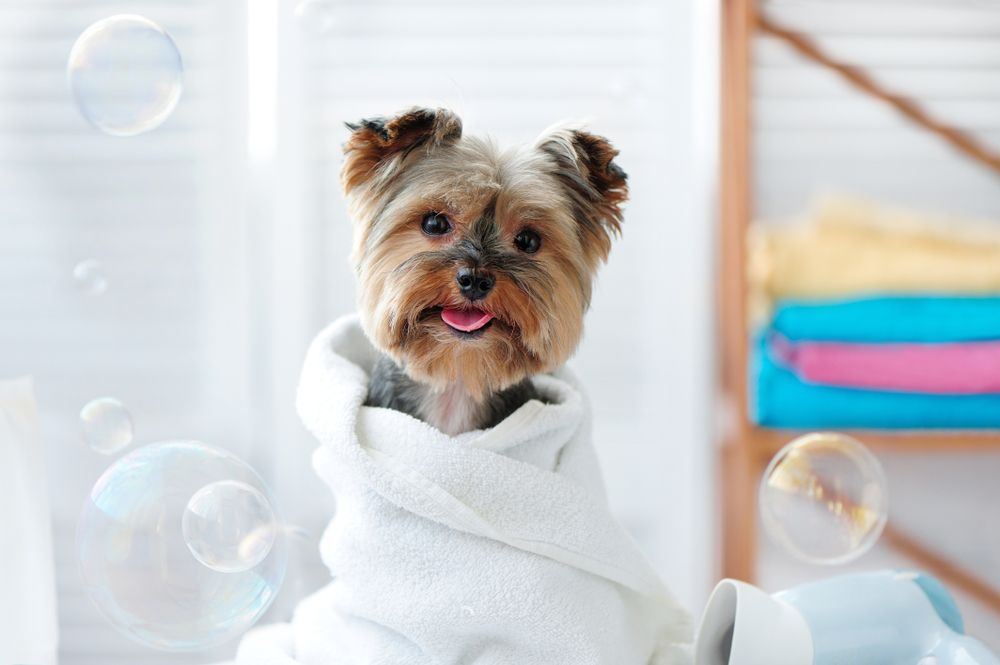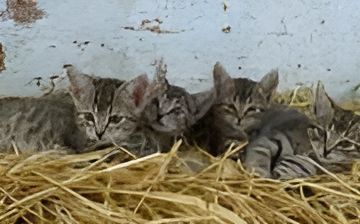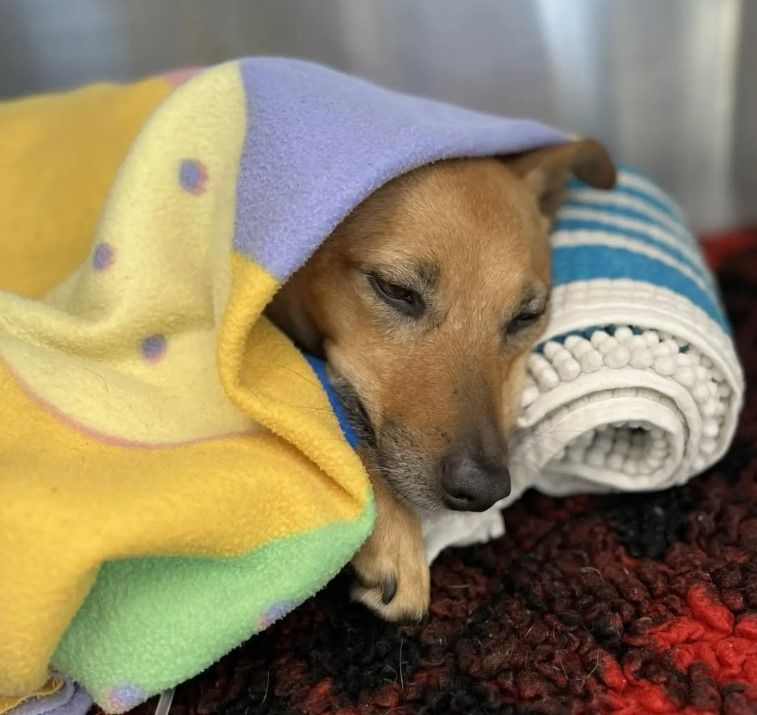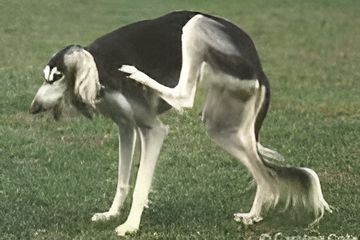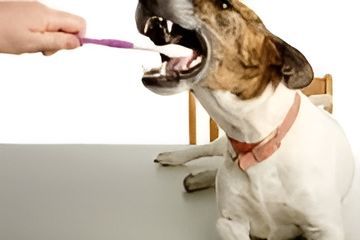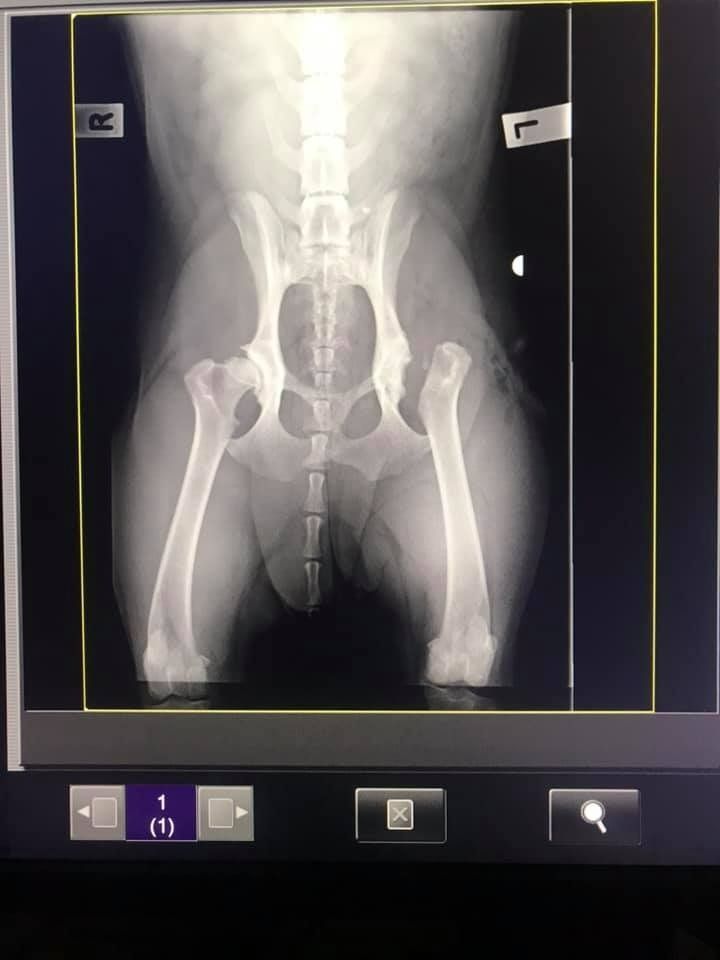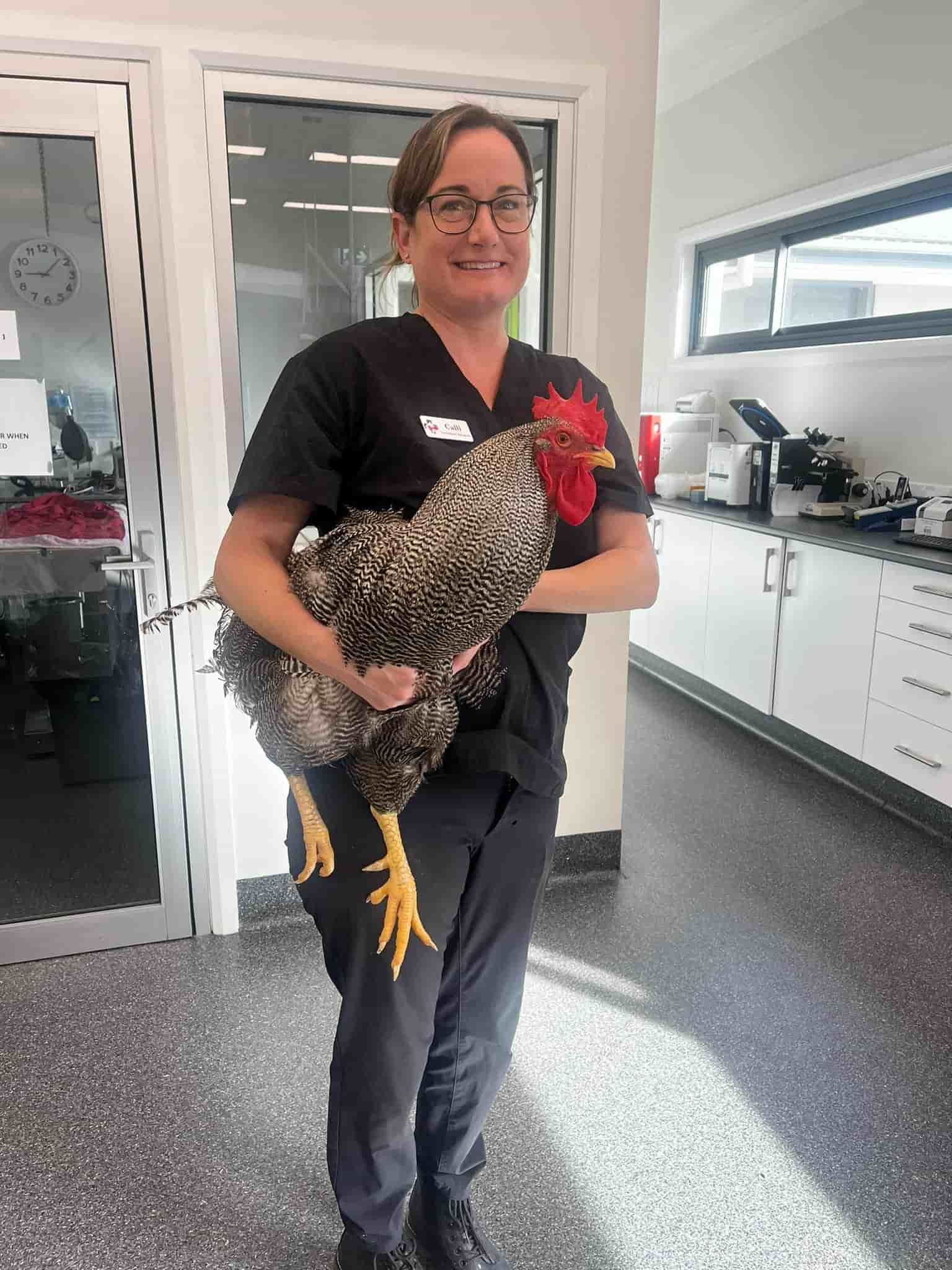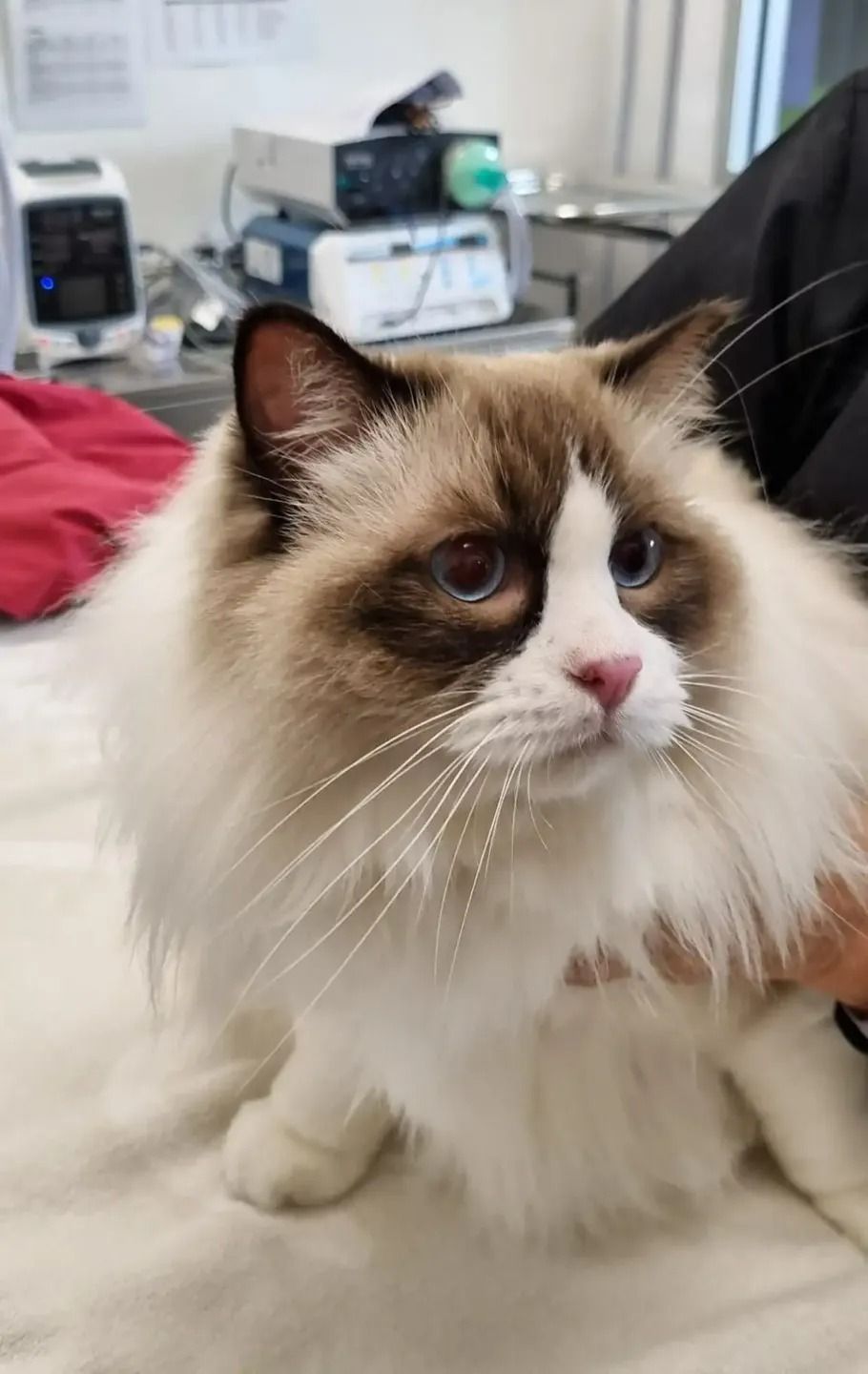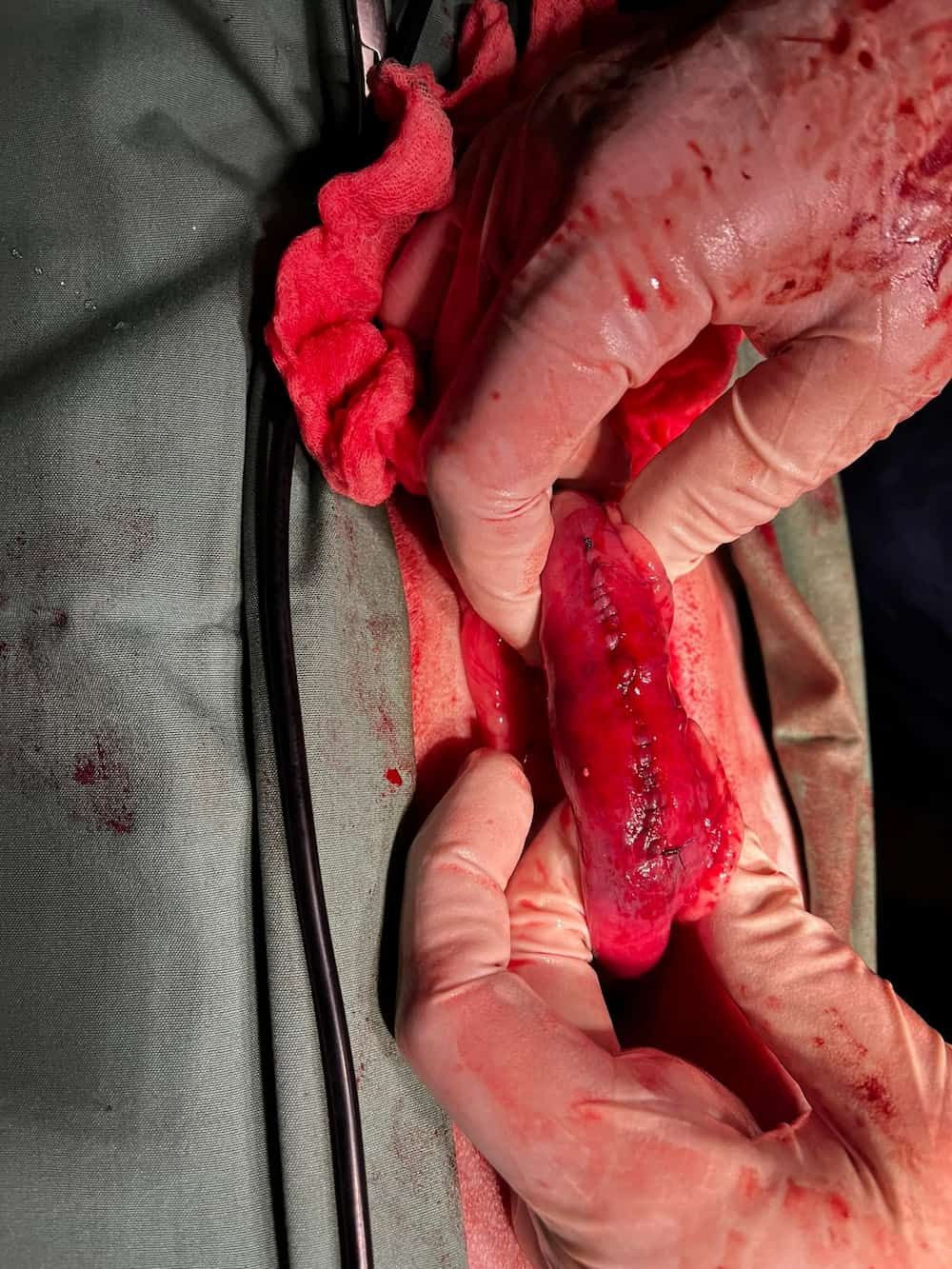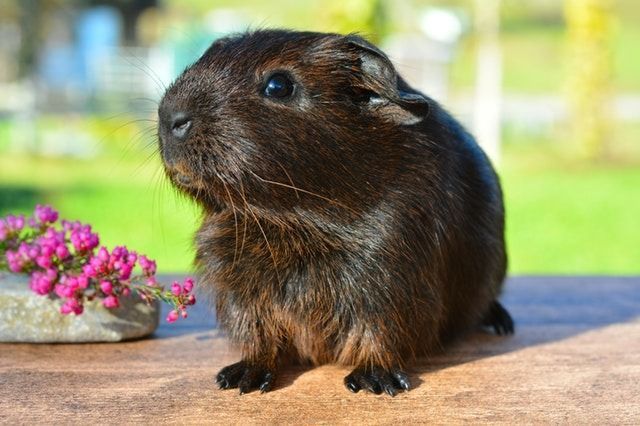Get in touch
555-555-5555
mymail@mailservice.com
Portly Pets
Weight control strategies for dogs and cats
Podgy pooches and portly puss-cats are in plague proportions! Our pets are not only living in the lap of luxury, they are lapping up the luxury living and getting fatter in the process.
The result is that 25-30% of dogs and cats are now overweight. The causes are simple…
We give our pets too much food and give too little exercise, but who can resist those puppy-dog eyes when our pooches plead for that life-saving extra treat or our manipulative purring puss-cats when they snake around our legs near their empty food bowls. The exercise bit is also difficult when the cooler weather makes staying at home much more inviting than pounding the pavement.
Many pet owners think that a bit of extra weight is not a concern. However, overweight pets are predisposed to serious conditions including arthritis, pancreatitis, diabetes (especially with cats) and even cardiovascular disease. There is no doubt that excess body fat shortens a pet’s lifespan.
Is my pet overweight?
The following guidelines will help to determine if your pet is girth-enhanced:
- If your dog or cat is of ideal weight, you should be able to feel each rib as you run your fingers along the ribcage.
- When viewed from above, your pet should have a definite narrowing or ‘waist’ behind the ribcage.
- When viewed from the side, dogs of ideal weight will have an abdomen that tucks upwards from the bottom of the ribcage to the groin.
- Many podgy puss cats develop a ‘beer gut’ that hangs between their back legs, which is easily seen and felt when the cat is sitting.
- Very overweight dogs develop ‘love handles’ of fat just in front of their hips.
So – how guilty do you feel?
No Fat Pups Please!
One of the most important means of preventing obesity in adult animals is to make sure they are not obese as puppies. The development of too many fat cells as a puppy, through overfeeding, will usually cause obesity in the adult dog.
If you have a pup, it is therefore important that you encourage it to exercise and play. That’s the easy bit! Also, though, avoid having food available constantly. This prevents your pup from eating as much as it wants whenever it wants.
Instead, you should feed your pup three times a day until it is about eight to twelve weeks of age. After that, feed it two meals a day until it is twelve months of age unless it is a giant breed, in which case, twice daily feeding should continue until it is about eighteen months of age.
So, slightly underfeed your pup rather than overfeeding it. Resist the temptation to a have a typical ‘roly-poly’ fat puppy as you are setting the pup up for obesity as an adult animal.
Weight reduction strategies
For dogs and cats that are overweight, a proper weight reduction program is essential.
- Firstly, record your pet’s starting weight and then weigh your pet weekly. Your vet will be happy for you to use his or her scales and, while you are there, have a look at the weight reduction diets the surgery has available.
- Work out what your dog or cat’s target weight should be.
- Then feed your pet the amount of food needed for a pet that would weigh 60% of this target weight. This should see the weight reducing about 3% per week and you should achieve your pet’s target weight in about 12 weeks.
- The next rule is essential but tough – and you know what it is! Never feed titbits and never feed your pet from your dinner table.
- Make sure your pet doesn’t have access to other food sources such as another pet’s food or that is it not sneaking to the neighbour’s house for a second course.
- Don’t provide free access to food unless you measure the amount of food that is available for your pet.
It is a lot easier to reduce your pet’s weight if you feed it on a low calorie, high fibre diet. You can make up your own diet if you wish.
For dogs, mix 115 grams of lean ground beef with half a cup of un-creamed cottage cheese, two cups of grated carrot and two cups of green beans. Add one and a half teaspoons of dicalcium phosphate powder. Lightly cook the beef, drain any fat, cool it and then add the other ingredients. This gives about 775 grams of food and is approximately the daily amount needed for a dog of eight to ten kilograms target weight.
Alternatively, you can buy a prescription food specifically designed for a weight reduction program from your veterinarian. This diet is a properly balanced, very low calorie, high fibre diet. The increased fibre fills the stomach and results in a feeling of ‘fullness’ while not adding unnecessary calories.
Once your pet’s weight has reached its optimum level, you should then put your pet onto a ‘light’ or low-calorie diet to maintain this weight.
Stop guessing the amount of food you should be providing and measure it instead. Do this each morning and place the day’s allowance in a container. You can then give your pet as many treats as you want – provided that the treats come from this container. Feed the remainder at the end of the day.
Work out what your dog should weigh as its target weight. Now give it the amount of food needed for a dog that would weigh 60% of this target weight. This should see the weight reducing about 3% per week.
Now let’s exercise!
Burning the calories is vital and perhaps you and your pet can start an exercise program together! Start with walks you can both handle and increase the length and intensity as you both become fitter.
However, there are many benefits from exercising your dog in your own backyard by throwing balls and Kong toys in various different directions. Swimming is also wonderful exercise for dogs if you can organise it.
Cats are more difficult to exercise but many love a paper mouse on a string or will chase ping-pong balls. Some cats will walk on a harness and you can even make a cat exercise for its food by cutting a hole in the side of a plastic milk carton and hiding its food inside.
Obesity in pets is a dangerous condition. Be tough with yourself to be kind to your pet.
By Dr Cam Day BVSc
Caring for Kanwal's pets since 1977
Get In Touch
T. 02 4392 2088
ABN: 38 003 512 436
Veterinary Surgeons
Veterinary Practitioners Board of NSW
Australian Veterinary Association
Follow Us
Site Links
Payment Plans Available
Veterinary Services
Operating Hours
- Monday
- -
- Tuesday
- -
- Wednesday
- -
- Thursday
- -
- Friday
- -
- Saturday
- -
- Sunday
- Closed
